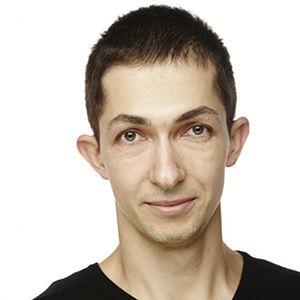In Raphaël 1.2 release I did two major changes that I want to explain: IE optimisation and animation revamp.
For drawing in IE Raphaël uses VML. VML syntax for path is different to SVG: it uses different letters for commands and it doesn’t support floating point numbers. So to insure correct work I have to replace commands and round the numbers. But this not the end, IE doesn’t support quadratic curves and arcs. To work it around I convert everything into cubic curves. Conversion takes time. In IE we facing world slowest JavaScript engine, so on big paths performance could go down to unacceptable level. In 1.2 I optimized it a bit. I convert path to curves only if it has cubic curves or arcs, otherwise I just replace commands and round the numbers. Unfortunately I can’t come with a better solution at the moment, but if you have any, drop me a line.
The animation in Raphaël was done not in the best way: for each animation I created separate timer, so in case if you animate multiple objects at the same time, they are moving asynchronously. I unite all animation under the same timer and it made animation smoother in Safari and more accurate in all browsers. But there is still an issue with the fact that when you animate a large group of elements it is impossible to start animation for each element at the same time. The worst JavaScript engine the bigger is the gap between animations and on long run it is quite noticeable. To fight this I introduced new method animateWith, which first argument is an element you wish to stick to. Raphaël uses it internally when you animate set, so I would say the easiest way to animate two elements synchronously is to unite them in set and call animate method on the set.
In the video I created 150 circles and animated them to the same X. You can easily see the difference.
